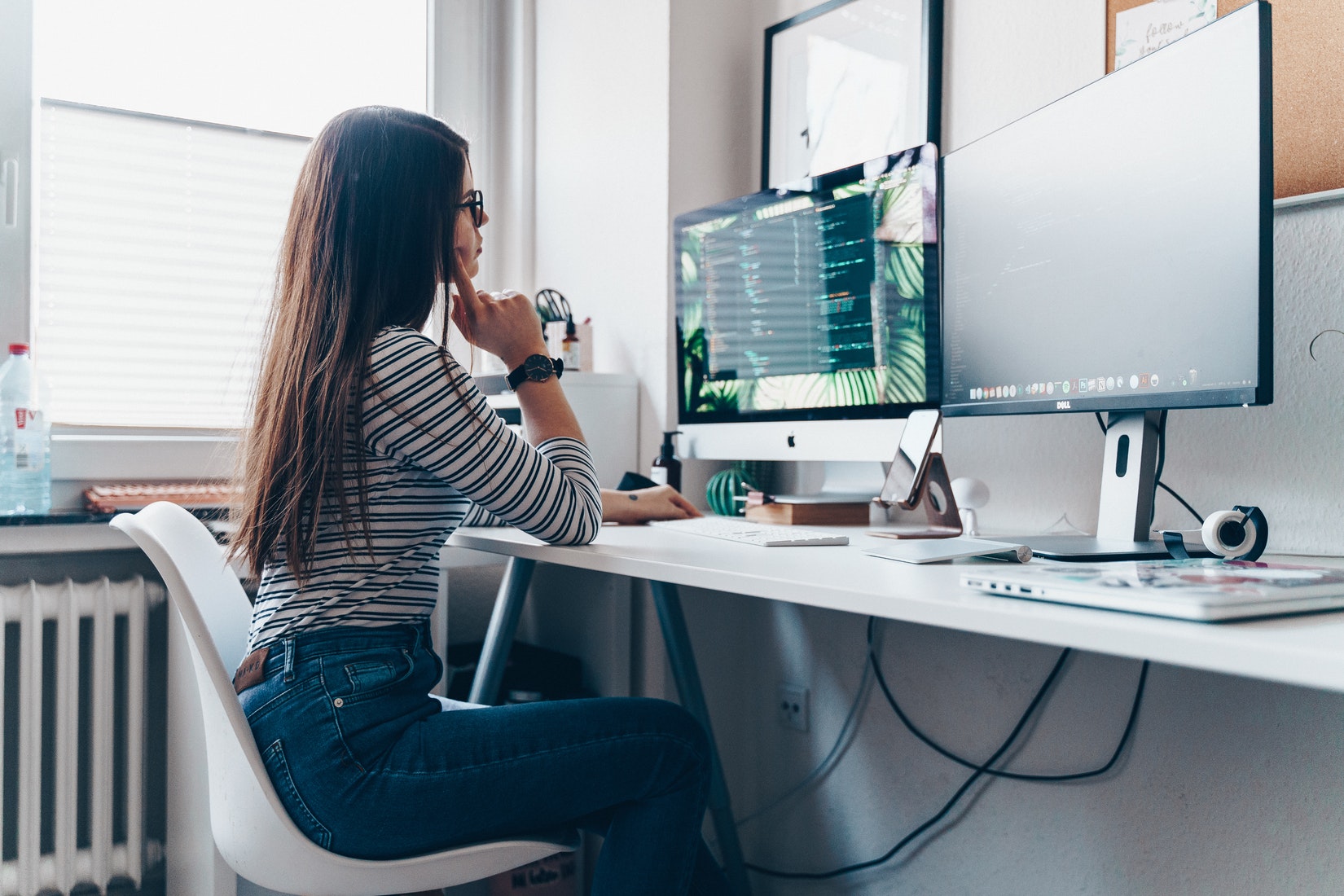I bet you think you’d be able to do a lot more if you had more time. If so, you’re probably wrong. Having more time is only a piece of the puzzle.
It’s not just the quantity of time that we should consider, but the quality of time, too.
This is largely the foundation of the idea of heatmapping your productivity and of the engagement threshold. In each case, time is only one factor – with energy and attention being the others.
The fact that time is only one of three factors doesn’t discount the importance of time, for having an abundance of creative energy or being especially engaged doesn’t help much if you don’t have enough time to do anything with that energy or attention. Manifesting change in the world takes time, but that’s not all it takes.
Thinking in terms of time, energy, and attention is important because many of us operate as if more time equals more capacity, when in reality it often doesn’t.
Anyone who’s sat at their desk at the end of the day in that awkward middleground where they’re neither working nor playing understands this concept. Yet the overriding tendency is to sit there nonetheless because the operating assumption is that more time working equals more work done, evidence to the contrary be damned.
Why We Think in Terms of Time Management
We like to think in terms of time because it’s a lot easier than trying to evaluate the trinity of time, energy, and attention – our TEA – especially since time is objectively measurable. If we’re in a scenario where others are directly or indirectly evaluating our output, a dutifully completed time card is a safe fallback because, as we’ve already observed, more time at work equals more work done. And, in fairness, it’s hard to gauge someone else’s energy and attention from the outside when you’re in a large organization, so the time card gives us something to go by.
Many of us creatives don’t work in those environments, but we’ve done an excellent job of keeping the model. This is quite unfortunate, because creative effectiveness is all about harnessing our TEA. We might have only two hours per day when we have the concentrated TEA that we need to do some creative heavy lifting, and if we don’t use that TEA wisely, no amount of any single component of the triad is going to help us work at that same level.
This Isn’t New, But We Need to Be Reminded About It a Lot
What I’m saying here isn’t anything new, either in my own thinking or in that of others. For my own part, I’ve written about some of these ideas directly in a General Theory of Productivity a few years ago and indirectly in just about every post I’ve written on productivity. One way to understand a lot of what’s going on in Getting Things Done is to see that David Allen is giving us a process to get things out of our heads, thereby increasing the amount of attention and energy we have available. Jim Loehr and Tony Schwartz address energy and attention more directly in The Power of Full Engagement. Stephen Covey’s 7 Habits framework is generally about using our TEA proactively rather than reactively. The huge body of work on time management and efficiency tends to focus on creating processes and systems that increase available time by decreasing the time seepage that often happens with our work. And so on.
Instead of thinking just about how you’re using your time, think about how you’re using your time, energy, and attention. I’ll wrap this up with some questions for you to ponder:
- On gaining time: What are you doing that you could either stop doing or do more efficiently so that there’s less time seepage?
- On using time: What would you do with any additional time that you gain? Is the juice worth the squeeze?
- On gaining energy: What could you do to increase your available physical, emotional, social, mental, and physical energy?
- On losing energy: What are the sources of energy drain in your life? Is there something you can do to address those sources? It’ll probably take more energy to deal with the cause than the symptom, but continually applying Band-Aids has a cost, too.
- On gaining attention: What really engages you? What are you naturally drawn to do?
- On losing attention (being distracted): What’s distracting you or causing you to continually shift focus? Is there a way to alter your environment so you’re less prone to be distracted?
Our TEA is precious and finite. Please treasure these assets and use them wisely.
Originally published at productiveflourishing.com


